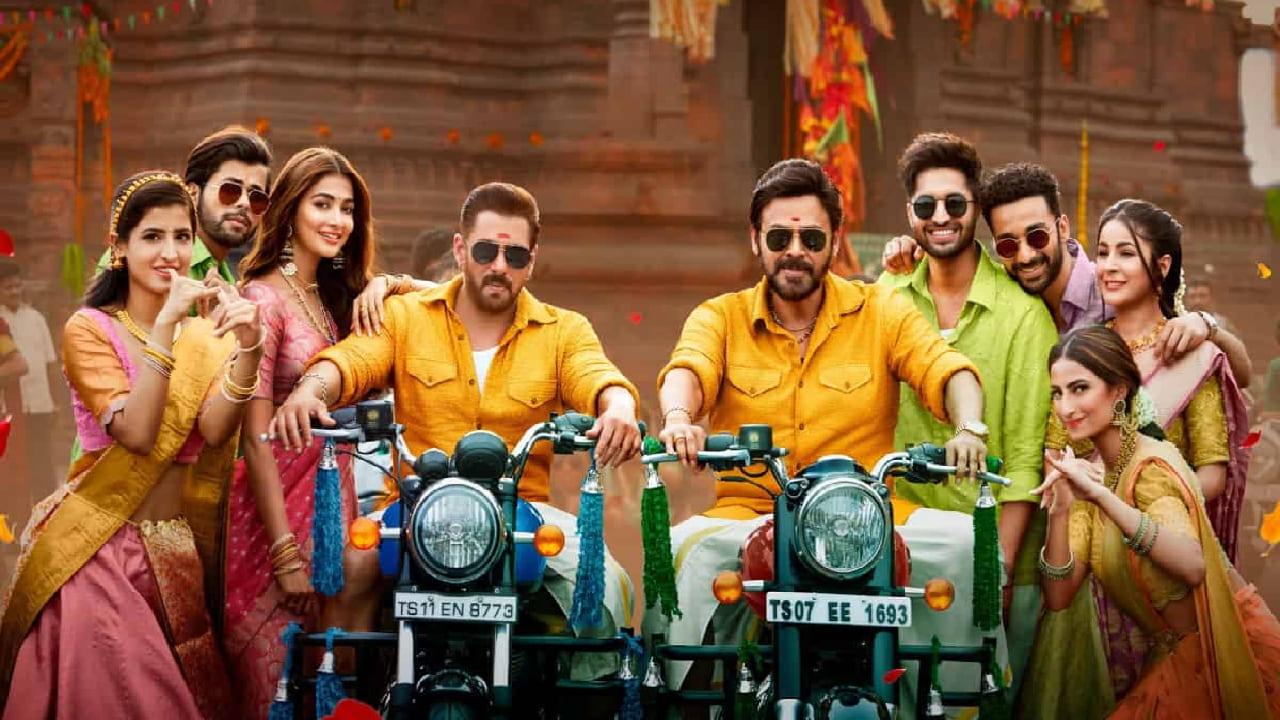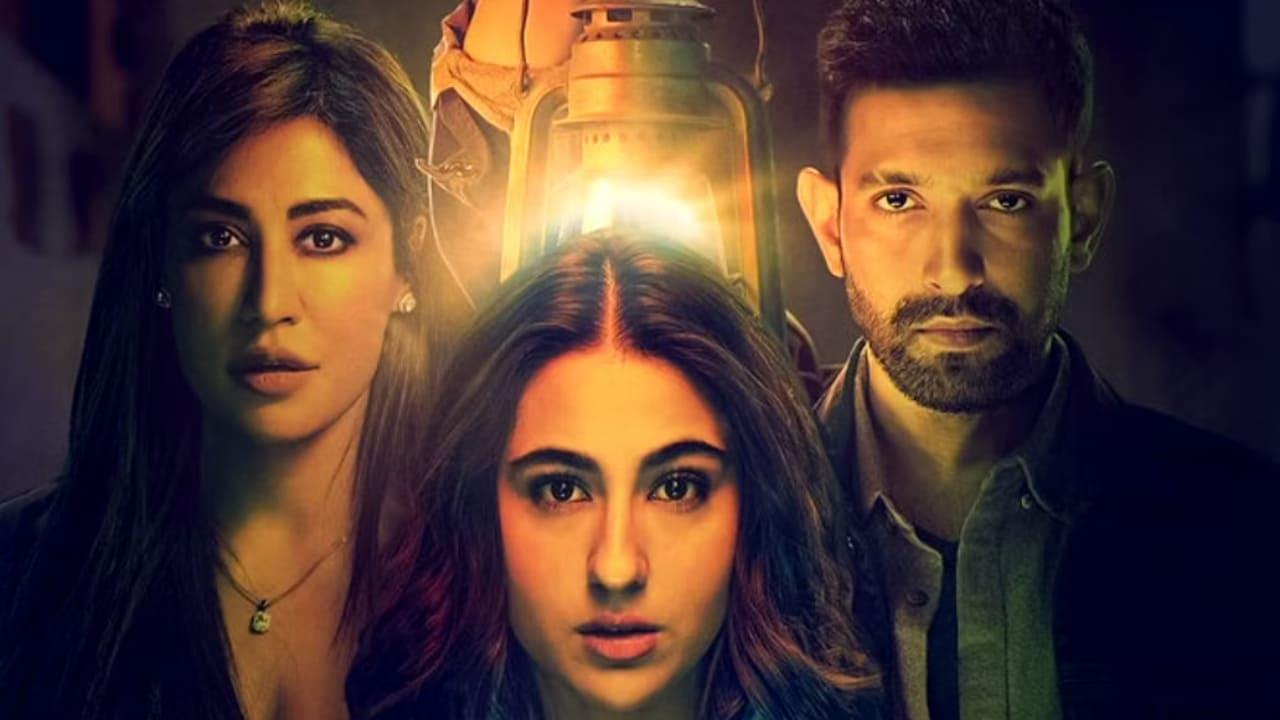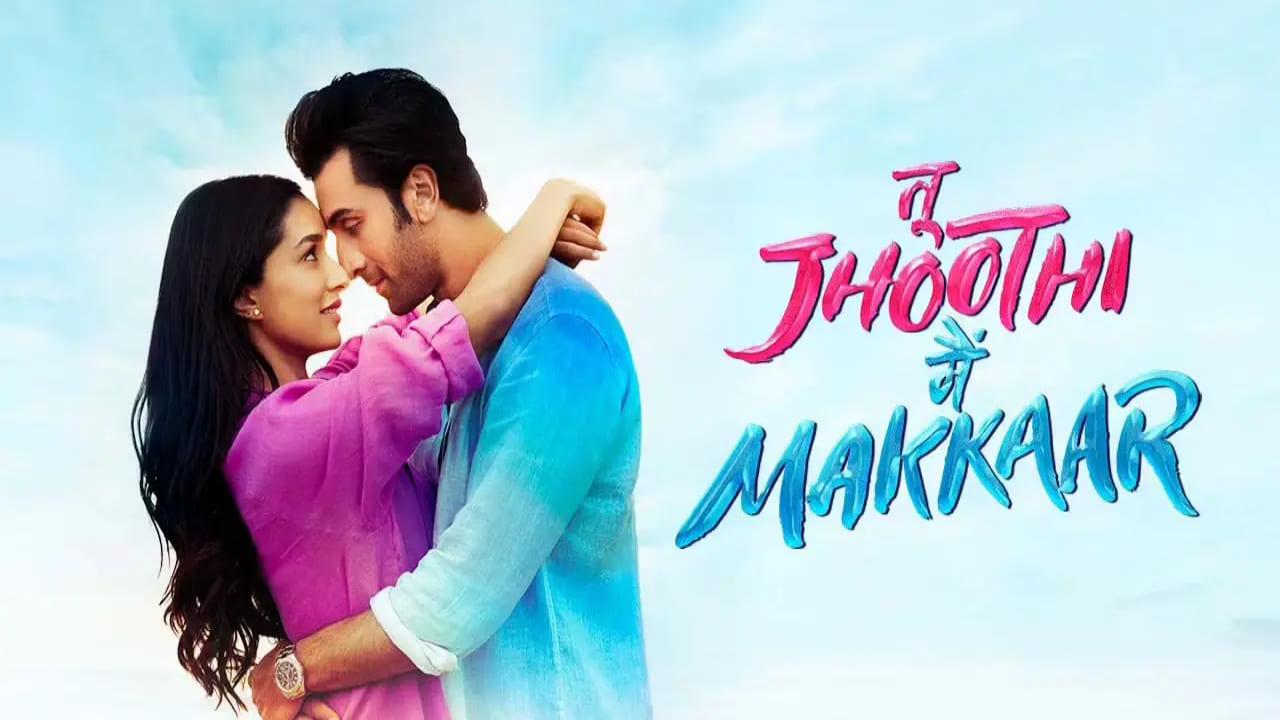Panipat Movie Review:A bravado cinematic celebration of Maratha history that carries smart contemporary references
Updated on: 12 September, 2021 11:55 PM IST |

Written by directed Ashutosh Gowariker, Chandrashekhar Dhavalikar, Ranjeet Bahadur and Aditya Rawal, ‘Panipat’ is a detailed, layered recap of the events that led to the Third Battle of Panipat between the Maratha Empire and Afghan invaders in January 1761. Apart from retelling a glorious tale of history, there are some smart contemporary references in the film that prove to be the biggest takeaways from the film.
In an attempt to weaken the growing dominance of the Marathas in the country, the Mughals seek help from the dreaded Afghan invader Ahmed Shah Abdali (Sanjay Dutt). Meanwhile, as news of this development reaches Shaniwar Wada in Pune, Nanasaheb Peshwa (Mohnish Bahl) dispatches a relatively small troop to the North under the command of his cousin brother Sadashiv Rao Bhau (Arjun Kapoor) because his army is exhausted from their expedition in the Deccan. Sadashiv leads the battalion with Nanasaheb’s son, Vishwas Rao and his cousin Shamsher Bahadur. Sadashiv is ably supported by his loyal to a fault wife, Parvati Bai (Kriti Sanon).
The story-screenplay takes a while to set-up as multiple characters are introduced over the first half of the film, considering the Maratha establishment was much spread out in the given period. But not once, does the film leave you uninterested. The spectacular cinematography by Muraleedharan CK, the plush production design by Nitin Chandrakant Desai and the costumes by Neeta Lulla keep you invested. Although, I’ll have to admit that the Jodhaa Akbar resemblances are hard to miss. Also, I’d like to mention that the film does undertake cinematic liberties, but not once, does it distort the chain of events. Equally thankful that ‘Panipat’ does not deploy manipulative jingoism through a loud audio score alike ‘Kesari’ and ‘Sye Raa Narasimha Reddy’ which were deafening in comparison. Ajay-Atul’s background score and Stephen Gomes’ sound design draw the right emotions from the viewer. Steven Bernard’s fine editing ensures that the final battle sequence is not overtly long or a gory watch. Though, the romantic interludes between Arjun and Kriti do test your patience. Technically, the highlight would be the dialogues by Ashok Chakradhar that offer smart references to the contemporary scenario of Indian politics. A brilliant scene features Abdali telling his troops that ‘Yeh Hindustani hamesha aapas mein hi ladte hain’ (These Indians are always fighting amongst one another)
Coming to the performances of the primary cast, ‘Panipat’ should easily silence all of Arjun’s detractors who’ve been having a jolly-good time at his expense. The film draws out the actor’s most competent performance till date. Yes, the act is unpolished but the efforts are sincere. Dutt is not really convincing as Abdali. Somewhere he tries to replicate his Kancha Cheena act from ‘Agneepath’ but the menace is missing. But the best performance from the film belongs to Kriti. As Parvati Bai, she is not reduced to a sorry figure, a mistake most period films make with their actresses. She is feisty, sprightly, loving and strong. Definitely, a career-defining performance by the actress. The rest of the cast hardly manage to make an impression but Mantra as Najib-Ud-Daula and Sahil Salathia as Shamsher Bahadur stand out.
Eventually, ‘Panipat’ proves that no Hindi filmmaker can do a historical film as sincerely as Ashutosh Gowariker. Okay, ‘Mohenjo Daro’ misfired but clearly, that’s history. As I walked out of the theatre, ‘Mann Mein Shiva’ stayed in the head for a while.







